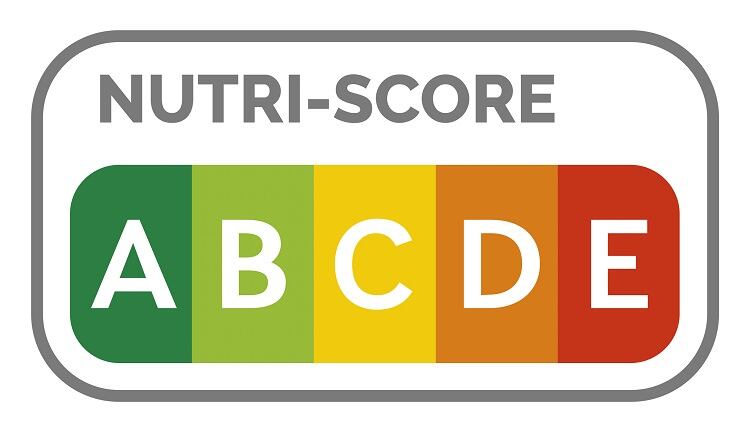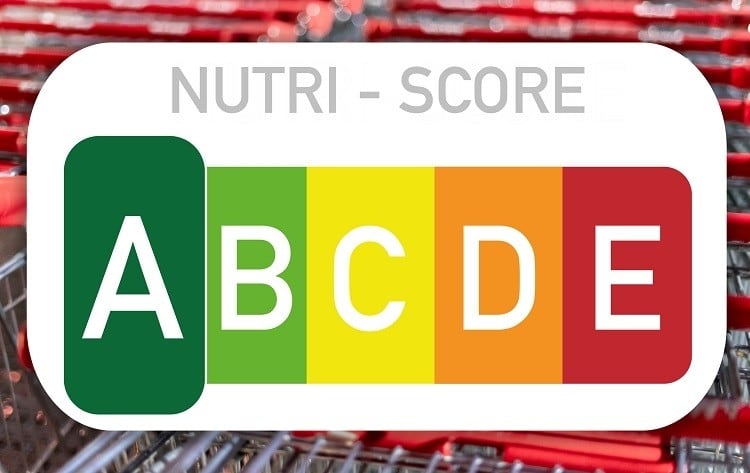With the European Commission set to reveal its future front-of-pack nutritional labelling plans by the end of this year, EFSA’s latest scientific advice on nutrient profiling highlighted that dietary intakes of saturated fatty acids, sodium and added/free sugars are above recommended levels in most European populations, while intakes of dietary fibre and potassium are below what they should be. These nutrients could therefore be included in nutrient profiling models, concluded EFSA.
The body did not evaluate or propose a particular nutrient profiling model for either of these purposes.
However, Federalimentare claimed the new EFSA opinion rejects the Nutriscore algorithm and confirms the Italian position on front of pack labelling.
Italy has long railed against Nutri-Score. Parmigiano Reggiano and Parma ham producers in the country, along with Roquefort producers in France, consider themselves wronged by the Nutri-Score and object strongly to it.
Under the Nutri-Score algorithm, products such as these would be classified D or E, while a good rating will be attributed to certain diet sodas as the score does not take additives into account. Italy devised a battery label system, called Nutrinform Battery, in response, based on a consideration of the daily needs of nutrients.
Federalimentare said it was satisfied that the EFSA had indicated the nutritional profile of the entire diet, and not that of individual foods, as the most important factor for good health.
Nutri-Score is computed on the basis of 100g of food and not per serving. Federalimentare reiterated its demands that Nutri-Score’s fixed parameter of 100 grams should be changed to be calculated per serving on the basis of 100g of food. “The Nutrinform Battery proposed by our Government is not based on mysterious algorithms but on information relating to the nutrient content of foods and their contribution to the overall daily diet based on the portions suggested by nutritionists,” its statement read. “While to adapt to EFSA's conclusions, the Nutriscore algorithm should be completely revolutionized.”
But the recent EFSA opinion “in no way rejects the Nutri-Score” said consumer organisation BEUC, which supports Nutri-Score to be the future selected label in the EU, as it says it is currently the best-performing scheme in both aiding consumers to compare the nutritional quality of foods across products and to make healthier choices at the supermarket.
“The agency itself makes it very clear that it is the Commission’s role to decide upon which front-of-pack nutrition label should be proposed and it was not the task of EFSA to reject, approve or even advise on current profiling models already in use,” said Emma Calvert, Senior Food Policy Officer.
“Rather, EFSA was asked to identify the nutrients and non-nutrient components of food of public health importance for European populations, the food groups with important roles in European diets, and to provide scientific criteria to guide the choice of nutrients and non-nutrient components for nutrient profiling for these purposes.
It is therefore “disingenuous and perhaps wishful-thinking” by some to suggest that the agency has rejected or supported any individual scheme, she said.
“And, while we would have welcomed more concrete guidance from EFSA on whether a label should be based on a uniform reference amount e.g. per 100g or per portion, the scientific opinion explicitly confirms that this aspect was out of scope of the mandate. It is misleading to suggest that EFSA have made any recommendation on the reference basis.
“Following the Joint Research Centre’s conclusion in 2020 that providing information ‘per 100g’ seems to better inform consumers than portion-based calculations, they will once again be looking into this issue. We hope and expect that they will reach the same conclusion: portion-based approaches risk confusing consumers while a uniform reference amount allows them to easily compare between products.”
EFSA told us it “was not asked in its mandate for the work whether nutrient profiles should be set for food across the board and/or for categories of food; about an approach for calculating the profiles (threshold vs. scoring systems); about the choice of the reference quantity/basis for nutrient profiles (i.e. per energy, weight or volume unit of the product vs per portion); or, about the feasibility and testing of nutrient profiling models.”
Nutritionist Serge Hercberg, one of the developers of the food labelling system called Federalimentare’s statement ‘pure invention’.
The EFSA report “does not provide any negative information about Nutri-Score, nor any other FOP nutrition labels,” he said.
He added that saturated fatty acids, free/added sugars, highlighted as a concern by EFSA ’are all included in the Nutri-Score algorithm’.
“Moreover, fibres and fruit and vegetables are recognized as nutrients and non-nutrient components which consumption should be increased. Both these elements are also included as ‘favourable’ components in the Nutri-Score’s algorithm. Finally, the Panel mentions the inclusion of energy as a component to a nutrient profile, which is also included in the Nutri-Score’s algorithm.
“While the panel considers that the increase in protein intakes per se would not lead to beneficial effects, intakes of calcium and iron are reported as having inadequate intakes in some at-risk sub-groups of the population such as children or elderly populations who have specific dietary requirements. We point out that proteins are included in the Nutri-Score as a proxy for both iron and calcium. Studies on the characterization of the diet based on the consumption of foods assessed using the algorithm underlying the Nutri-Score have shown that it allows to discriminate diets according to calcium and iron intakes.”
The row comes as a new report by the WHO European Regional office paints a stark picture of obesity rates across Europe and calls for healthier food environments.
Some 60% of European adults are overweight or obese, the report highlights, and younger generations are affected too, with nearly one in three children living with overweight or obesity.
BEUC Director General Monique Goyens said: “However shocking, these high rates of overweight and obesity for adults and children alike are no longer surprising. While governments and public authorities have known for years what must be done to tackle this public health crisis, they have failed to grasp the nettle and take the truly ambitious and comprehensive actions required to prevent obesity in their populations.
“As stressed in the report, there are no silver bullets to solve this decades-long problem. From confusing nutrition labelling or the promotion of sugary cereals in prime locations in shops, to ads for unhealthy food targeting young children on social media platforms, everything prompts us to go for the sugary, fatty option.”




